Clocks: Explanation and Study Guide
Introduction to Clocks
A clock is a device used to measure, keep, and indicate time. It is an essential tool for everyday life, allowing us to organize our activities and schedules. There are different types of clocks, including analog and digital clocks, each with its own unique way of displaying time.
Analog Clocks
An analog clock has a face with hour and minute hands that rotate around the clock's circumference. The face is typically divided into 12 hours, with each hour marked by an hour hand and 60 minutes marked by a minute hand. The movement of the hands indicates the current time, with the hour hand pointing to the hour and the minute hand pointing to the minutes past the hour.
Digital Clocks
A digital clock displays time in numerical format using digits. It shows the hours, minutes, and sometimes even seconds in a simple and easy-to-read manner. Digital clocks are commonly found in electronic devices such as smartphones, computers, and alarm clocks.
Parts of a Clock
Understanding the parts of a clock is important for interpreting and reading time accurately. The key parts of a clock include the clock face, hour hand, minute hand, second hand (if present), and the numbers or markings that indicate the hours and minutes.
Studying Clocks
Studying clocks involves learning how to read and interpret time accurately. This includes understanding the concepts of hours, minutes, and seconds, as well as how to convert between different units of time. It also involves practicing to read and set analog and digital clocks, as well as solving time-related word problems and puzzles.
Study Guide
Here are some key concepts and skills to include in your study guide for clocks:
- Reading analog clocks and identifying the hour and minute hands.
- Converting between hours, minutes, and seconds.
- Understanding the 12-hour and 24-hour clock systems.
- Setting and reading digital clocks in both 12-hour and 24-hour formats.
- Solving time-related word problems and puzzles.
Practice Exercises
For effective learning, incorporate practice exercises into your study guide. Include a variety of problems that cover reading and setting analog and digital clocks, converting between units of time, and solving time-related word problems. Encourage students to practice regularly to improve their time-telling skills.
.◂Math Worksheets and Study Guides Fourth Grade. Multiplication
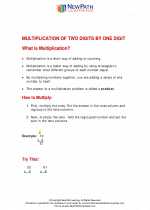
 Activity Lesson
Activity Lesson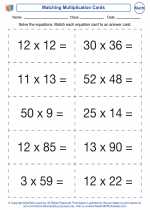
 Activity Lesson
Activity Lesson
 Activity Lesson
Activity Lesson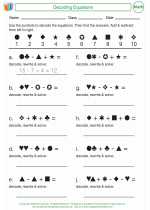
 Worksheet/Answer key
Worksheet/Answer key
 Worksheet/Answer key
Worksheet/Answer key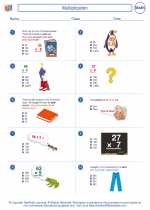
 Worksheet/Answer key
Worksheet/Answer key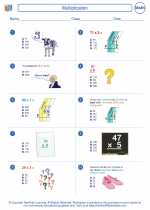
 Worksheet/Answer key
Worksheet/Answer key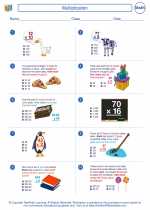
 Worksheet/Answer key
Worksheet/Answer key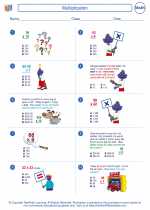
 Worksheet/Answer key
Worksheet/Answer key
 Worksheet/Answer key
Worksheet/Answer key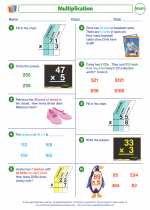
 Worksheet/Answer key
Worksheet/Answer key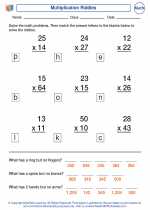
 Worksheet/Answer key
Worksheet/Answer key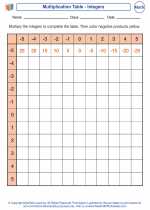
 Worksheet/Answer key
Worksheet/Answer key
